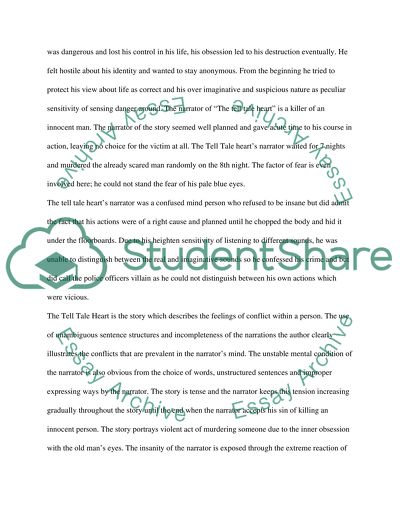Cite this document
(“Literary Analysis of The Tell-Tale Heart Essay Example | Topics and Well Written Essays - 1500 words”, n.d.)
Retrieved from https://studentshare.org/environmental-studies/1418839-literary-analysis-of-the-tell-tale-heart
Retrieved from https://studentshare.org/environmental-studies/1418839-literary-analysis-of-the-tell-tale-heart
(Literary Analysis of The Tell-Tale Heart Essay Example | Topics and Well Written Essays - 1500 Words)
https://studentshare.org/environmental-studies/1418839-literary-analysis-of-the-tell-tale-heart.
https://studentshare.org/environmental-studies/1418839-literary-analysis-of-the-tell-tale-heart.
“Literary Analysis of The Tell-Tale Heart Essay Example | Topics and Well Written Essays - 1500 Words”, n.d. https://studentshare.org/environmental-studies/1418839-literary-analysis-of-the-tell-tale-heart.


